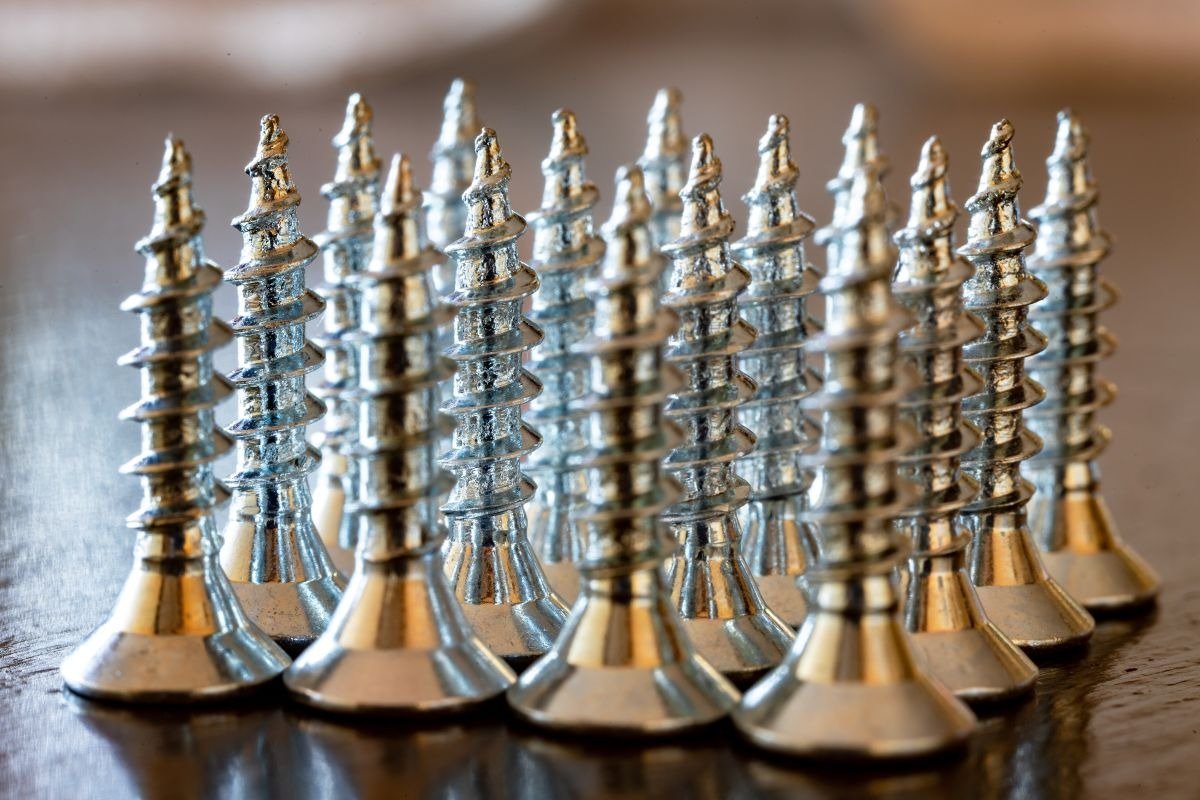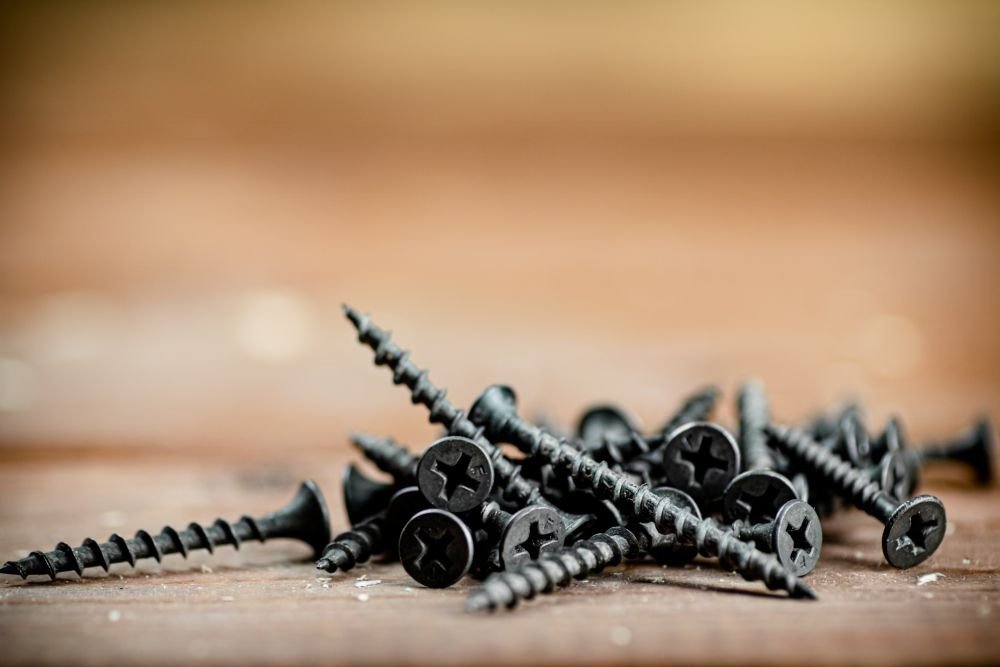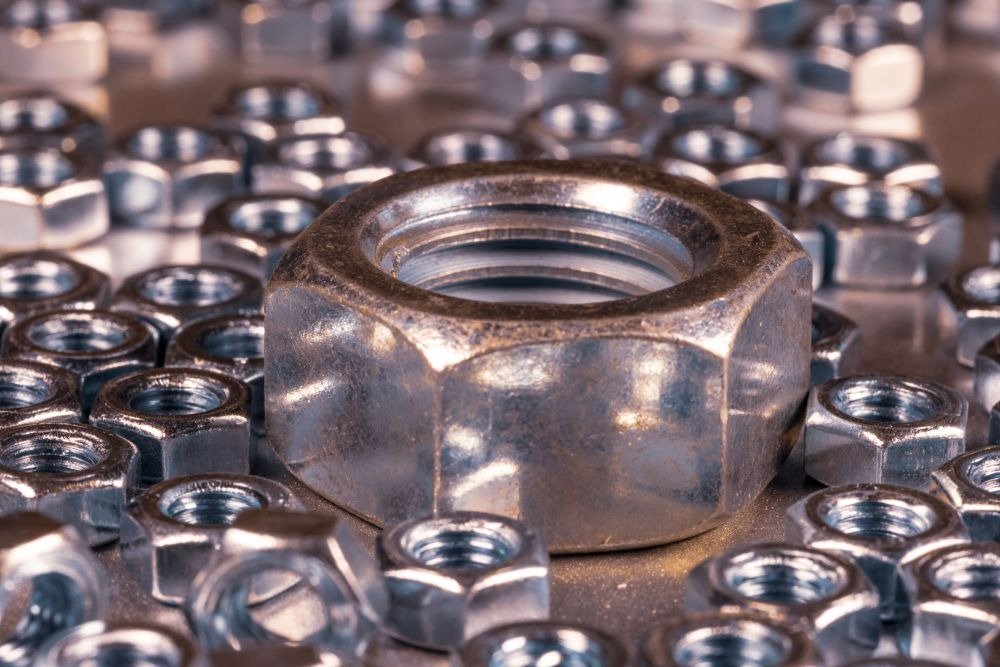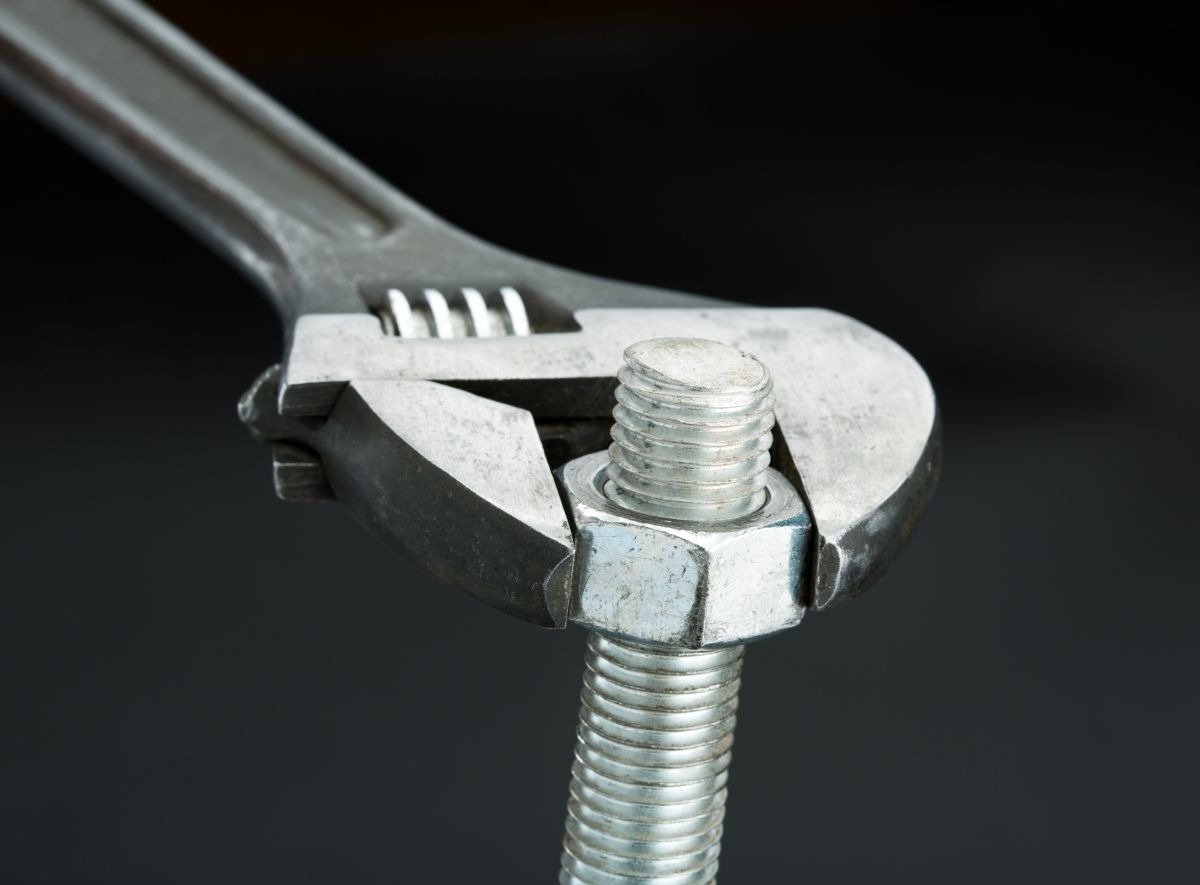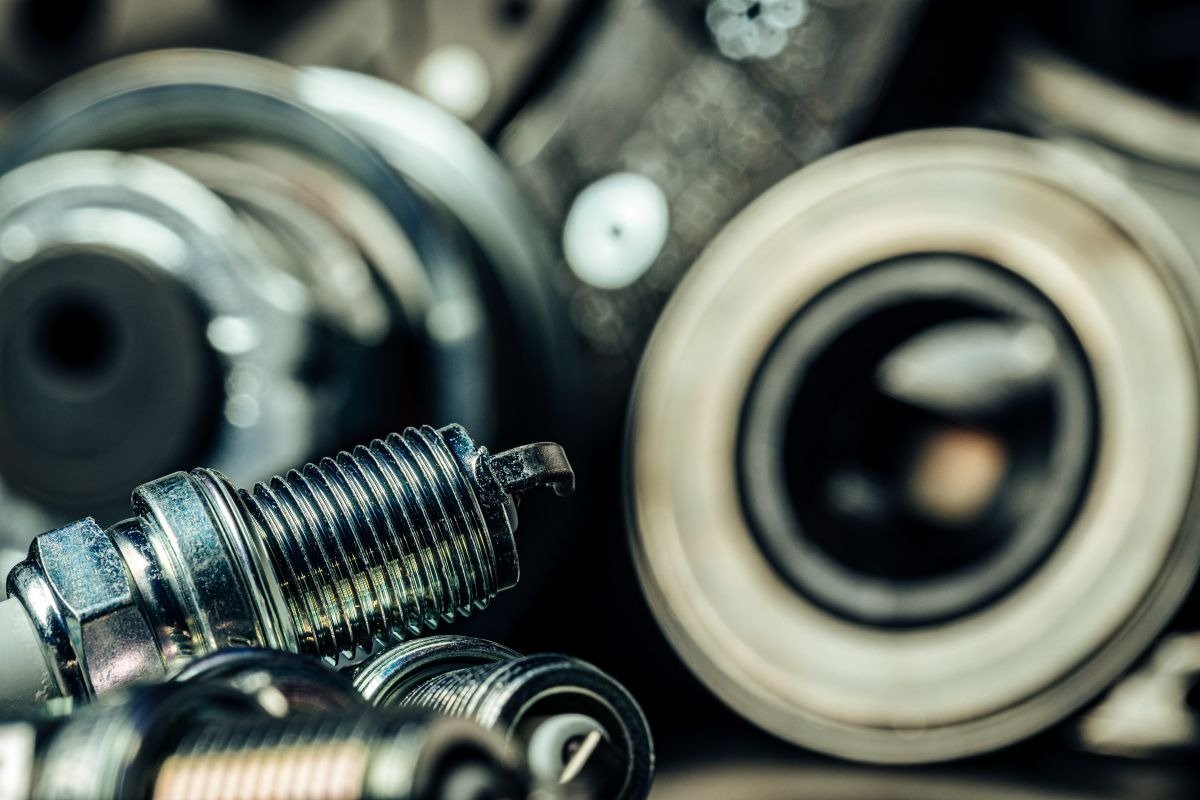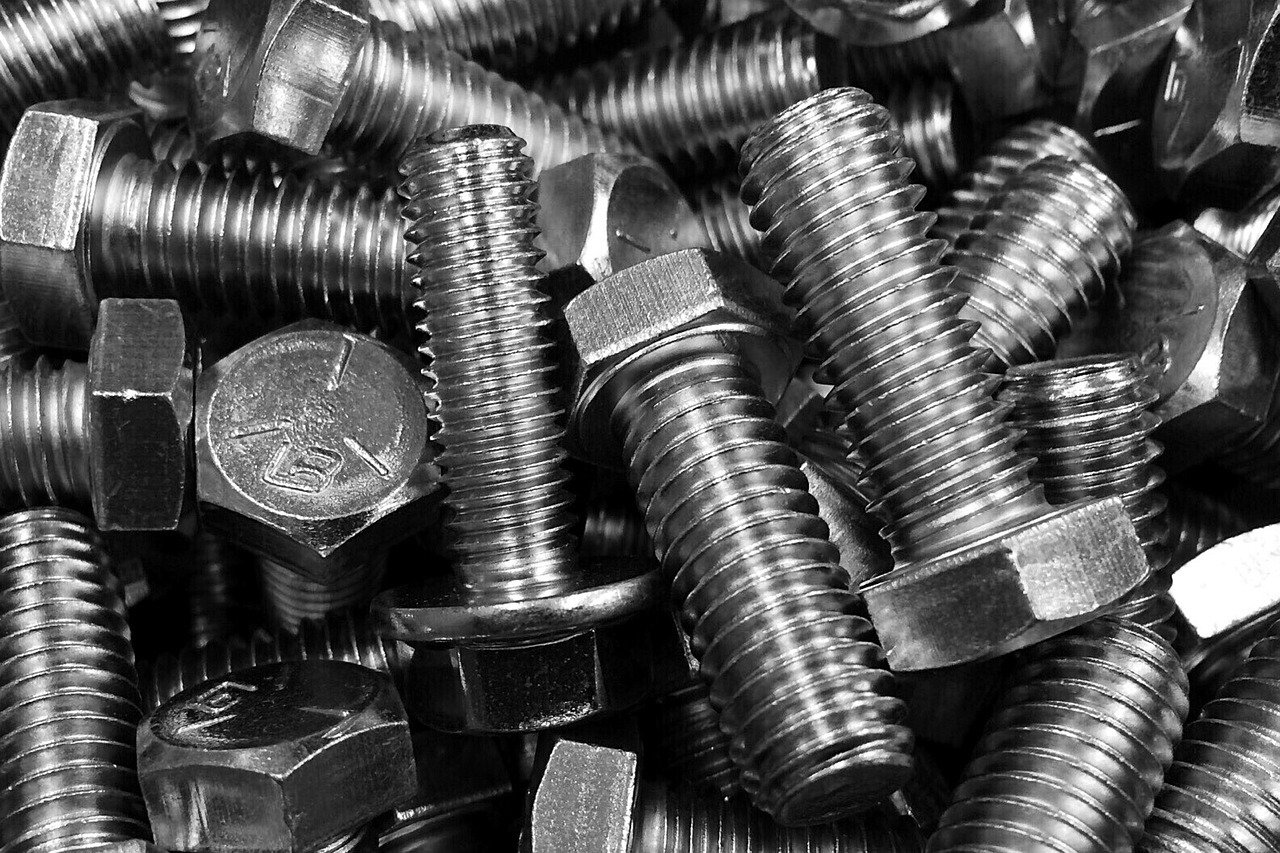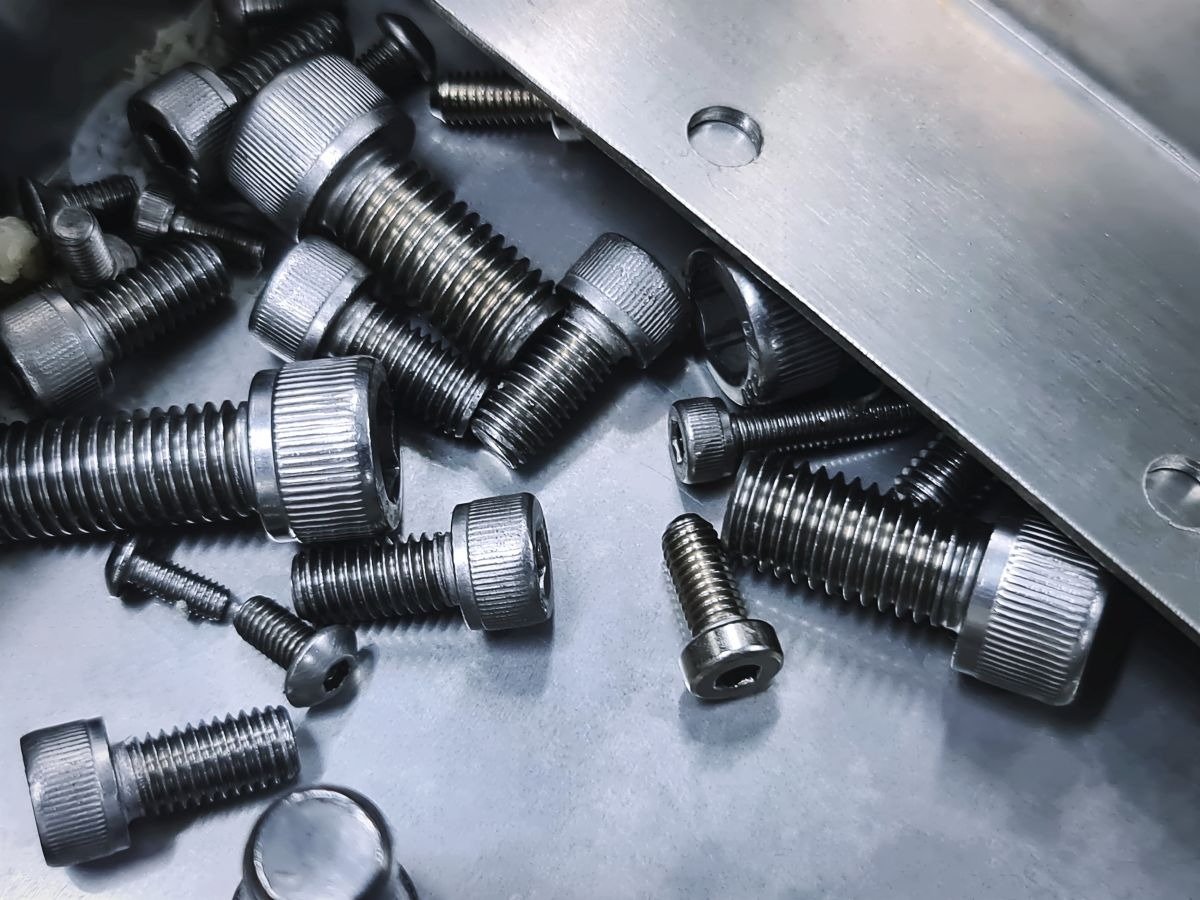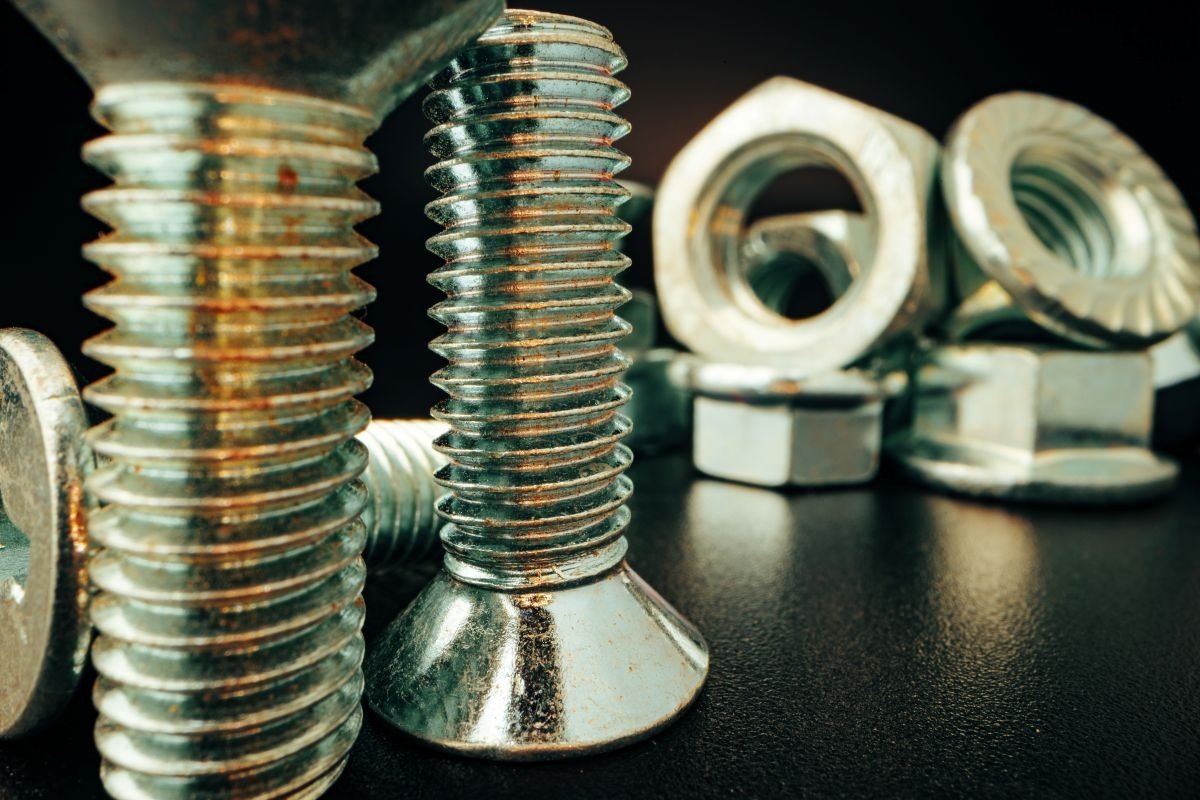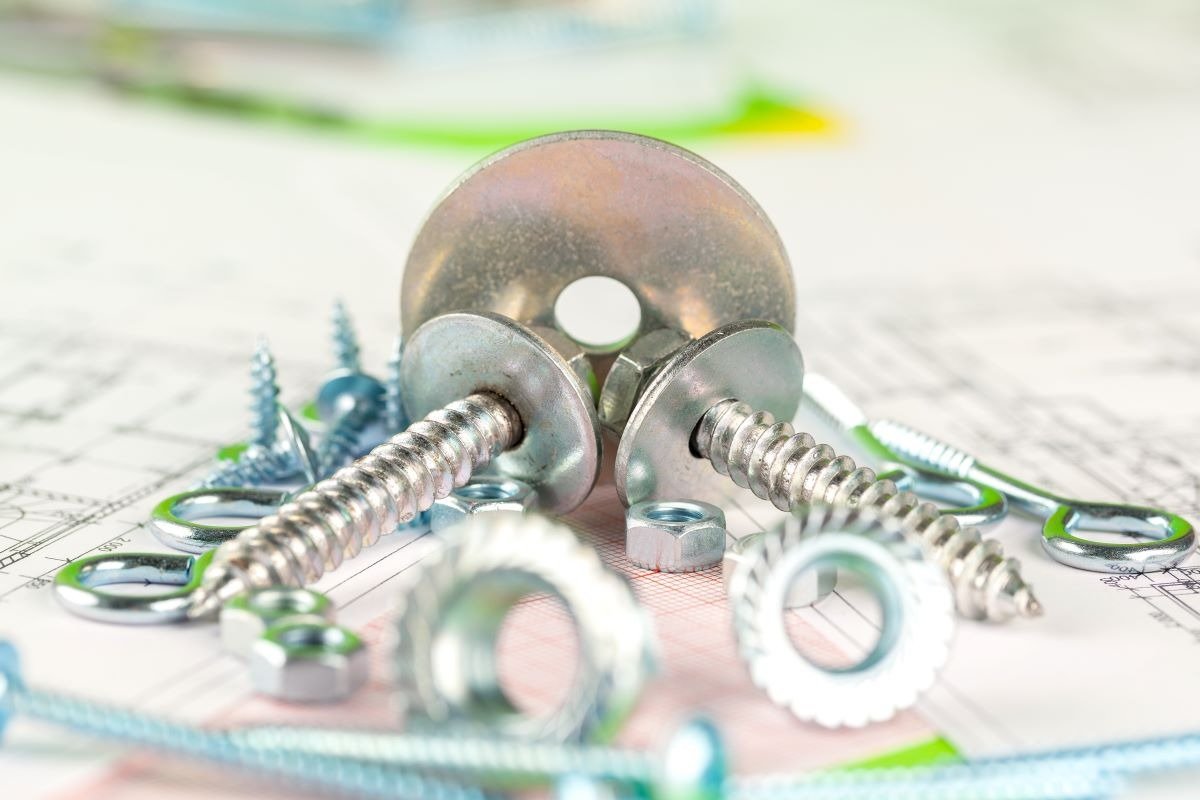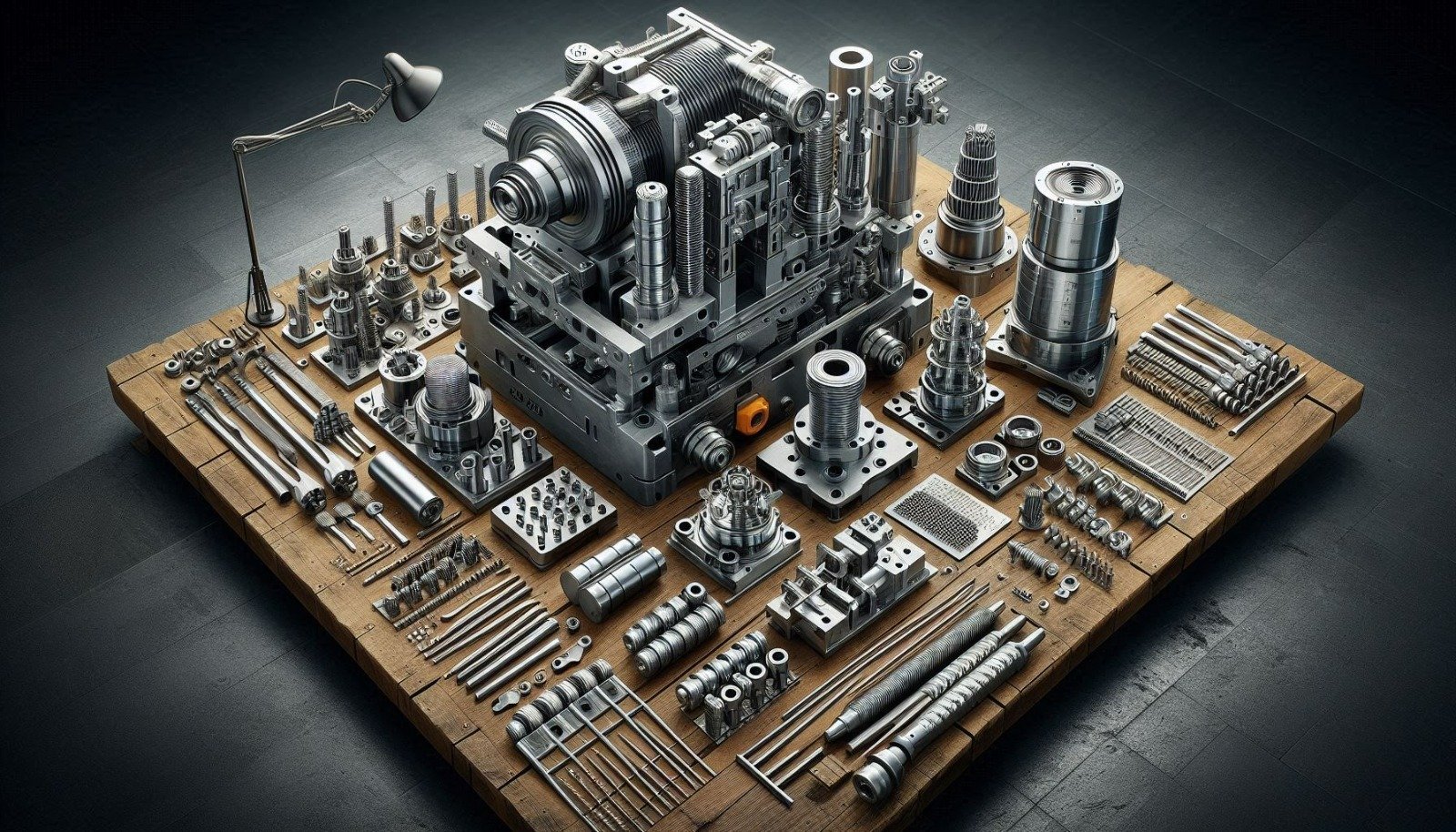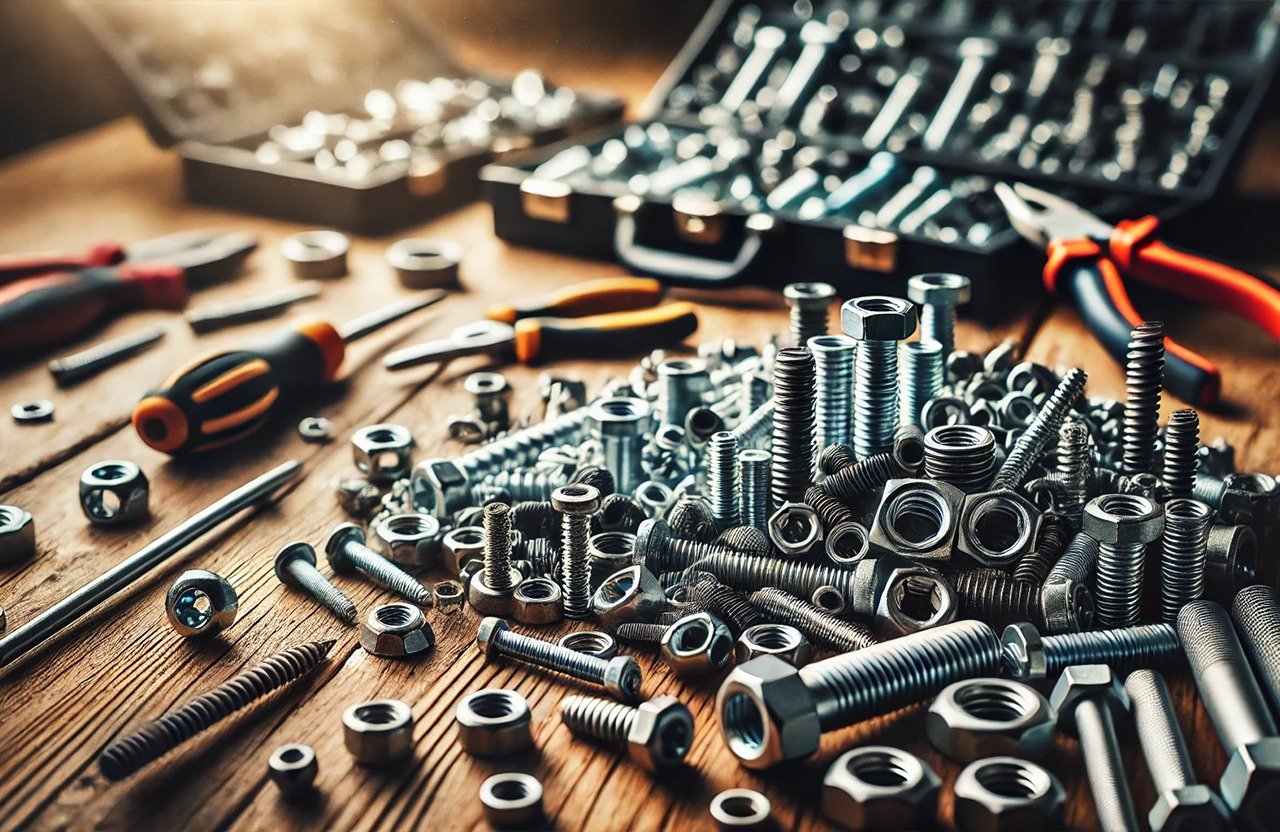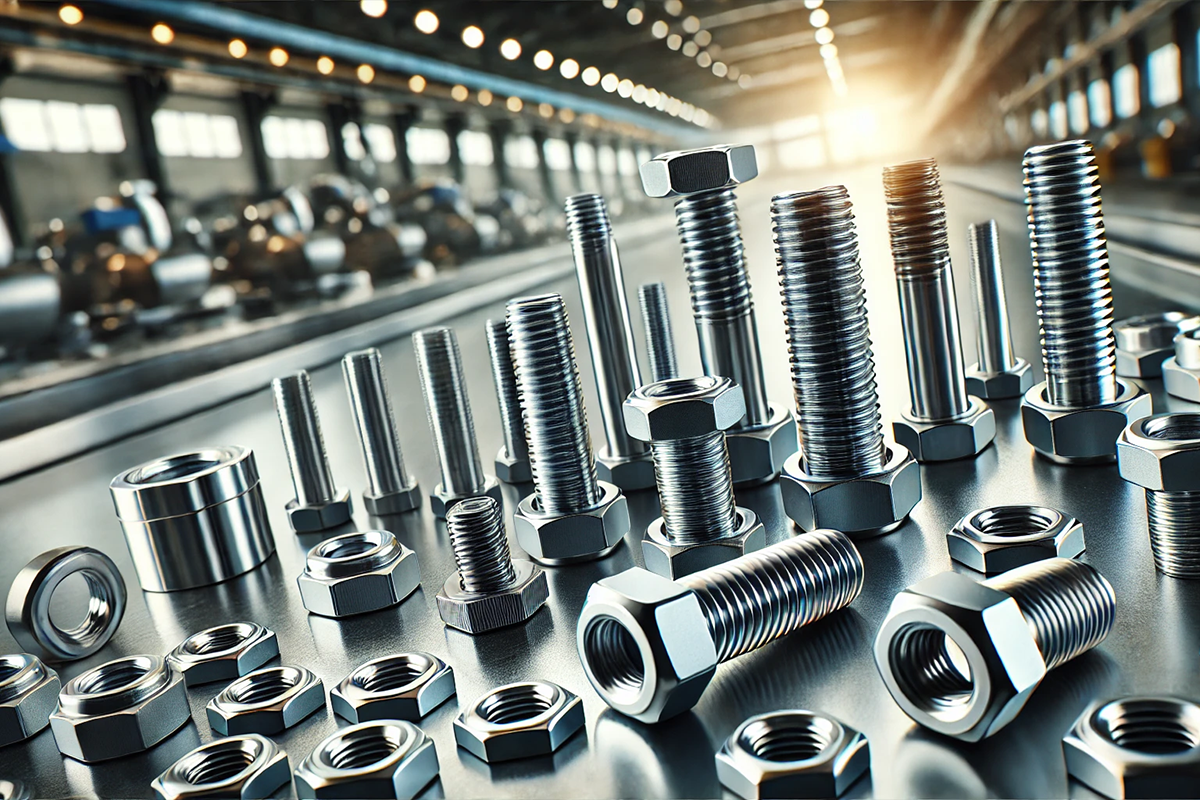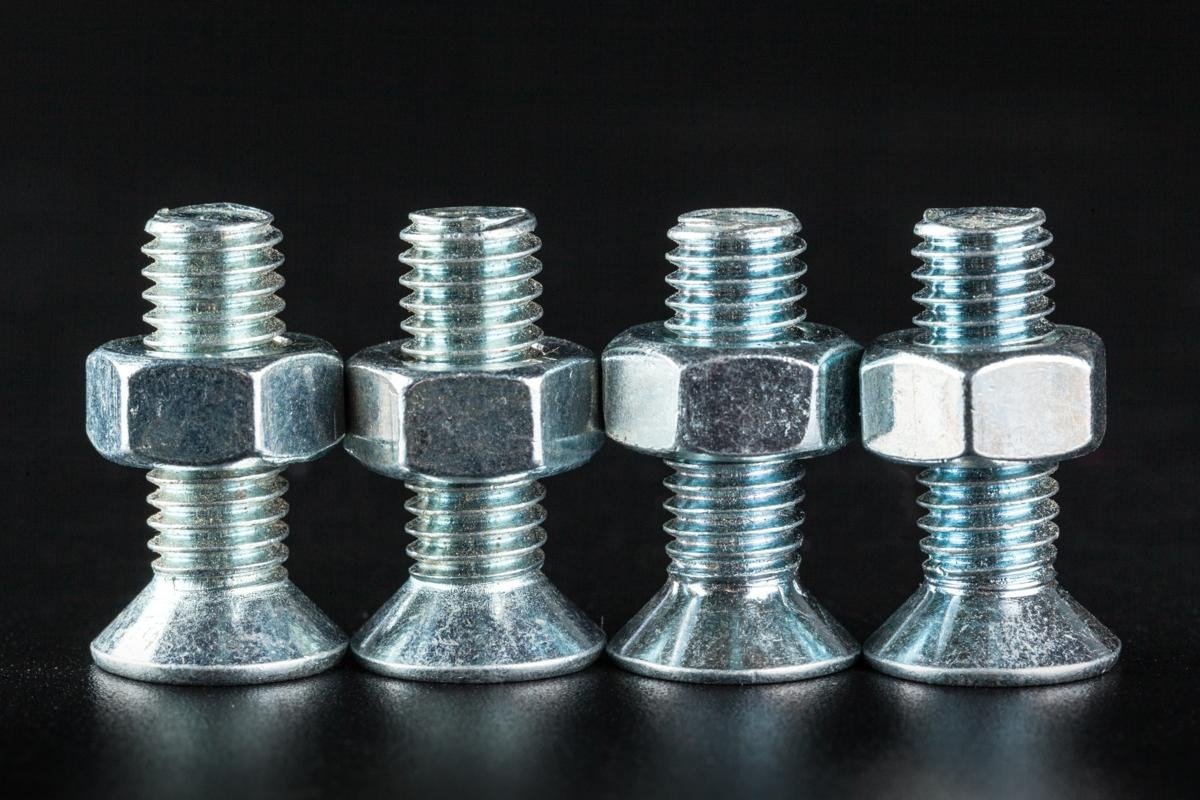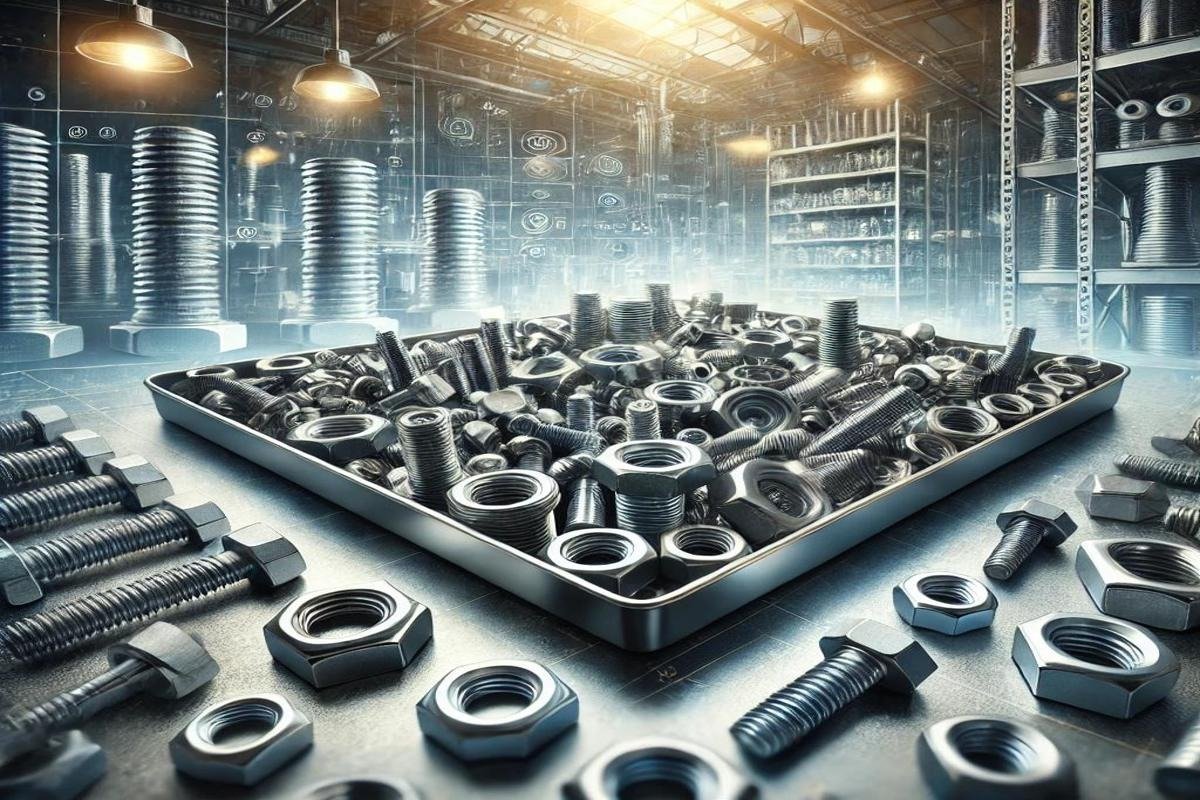Where Are Fasteners Used? Bolt, Nut, and Screw
Fasteners are the invisible heroes of our daily
lives. Whether we sit at a table, open a door, or take the wheel of a car, we
unknowingly benefit from the strength and security that fasteners provide.
Without them, neither skyscrapers would stand tall nor the simplest pieces of
furniture stay together. But what exactly are these small yet essential
components, and where are fasteners used?
What Is a Fastener?
A fastener is any component used to secure two or
more parts together. Typically made of metal, these elements are widely used in
various industries, from mechanical engineering to furniture manufacturing.
Bolts, nuts, screws, and nails are among the most common types, each serving
different purposes and offering varying levels of strength. Some fasteners hold
together massive iron bridges, while others reinforce the legs of a simple
chair.
Where Are Bolts Used?
Bolts are among the strongest and most durable
fasteners. They are indispensable for securing components that need a firm
connection. But where exactly are bolts used? They are found in numerous
industries, including manufacturing, construction, and automotive sectors, as
well as in electronic devices. Bolts are particularly preferred in applications
requiring high durability, such as the steel frameworks of large bridges, the
fuselages of aircraft, and the assembly of massive machines. Even at home,
bolts play a crucial role in keeping wardrobes, beds, and tables sturdy.
Where Are Nuts Used?
Nuts are the inseparable partners of bolts, ensuring
a firm hold and a secure connection. They are commonly used in steel
constructions in the construction sector, in the assembly of engine parts in
the automotive industry, and in machine production to secure moving parts. But
where exactly are nuts used? Their types vary depending on their application.
For instance, wing nuts are used in areas where manual tightening is required,
while lock nuts are preferred in vibration-prone environments to prevent loosening.
Where Are Screws Used?
Screws are among the most frequently encountered fasteners
in daily life. But where exactly are screws used? They are widely used for
joining wooden, metal, or plastic surfaces. Screws play a vital role in
assembling electronic devices, mounting furniture, installing shelves on walls,
and securing door handles. Additionally, self-tapping screws, which do not
require pre-drilled holes, are utilized in various industrial applications. In
short, screws are small yet powerful components that ensure stability in
numerous structures.
Where Are Nails Used?
Nails are one of the oldest and simplest forms of
fasteners. But where exactly are nails used? They are primarily used for
joining wooden surfaces. Whether in a beautifully crafted wooden table, the
roof of a historical building, or a simple picture frame hanging on a wall,
nails play a crucial role. They are preferred in woodworking, roofing, and
decorative applications. Since they can be quickly hammered into place, they
offer a practical solution compared to screws.
Where Are Washers and Spacers Used?
Washers and spacers are additional components that enhance
the security of fasteners. Placed under bolts and nuts, these elements help
distribute pressure more evenly across the surface, ensuring a firmer
connection. They are especially used in heavy industrial machinery, vibrating
surfaces, and precision assembly applications.
Where Are Rivets Used?
Rivets are preferred in situations where moving parts need
to be securely fastened together. They are widely used in the aerospace and
automotive industries. But where exactly are rivets used? In cases where
welding or bolting is not possible, rivets come into play to create a strong
and lasting bond between components.
Fasteners play an unseen yet vital role in every
aspect of our lives. A small screw can ensure the stability of a massive
construction, while a simple nail can hold an artwork on a wall. Without
fasteners, the modern world would not function as we know it. So, the next time
you assemble a piece of furniture or hang something on a wall, take a moment to
appreciate the power of these small yet mighty components!


